The Land Transportation Office (LTO) in Bacolod City, Negros Occidental, consists of two offices: the District Office (DO) in Bacolod City and the Licensing Center (LC) in Negros Occidental. These offices aim to enhance the accessibility, efficiency, and convenience of LTO services for the residents of Bacolod and its surrounding areas.
Bacolod City, often referred to as the “City of Smiles,” is a heavily populated city and the third fastest-growing economy in the Philippines. It also ranks third among the top ten “Next Wave Cities,” making it an attractive location for both businesses and government agencies. This article will help about LTO Bacolod Office-Location and Contact Information in the Philippines.
What is LTO Bacolod?
The LTO office in Bacolod City, Negros Occidental, is known as the LTO Bacolod City District Office (DO). It is conveniently located next to the LTO Negros Occidental Licensing Center (LC). These offices operate to ensure that essential LTO services, such as the registration and renewal of motor vehicles (MVs) and licenses and permits, are accessible to all, particularly drivers, car owners, and operators. With the establishment of these LTO agencies, residents no longer need to travel to distant locations for LTO-related services.
In addition to the Bacolod City District Office, individuals can also visit other LTO offices in the area for their needs.
LTO Bacolod City District Office
The LTO Bacolod City District Office (DO) functions as the primary extension office and project-implementation arm of the agency within Bacolod and its surrounding areas. Situated on Cottage Road in Bacolod City, Negros Occidental, this branch office provides a range of core programs and services.
The LTO Bacolod Office-Location and Contact Information is dedicated to engaging with the local community and fulfilling its mandate efficiently, ensuring that residents have timely access to essential LTO services. Its presence serves as a visible reminder of the agency’s commitment to road safety and responsible driving practices in the region.
LTO Negros Occidental Licensing Center
The LTO Negros Occidental Licensing Center (LC) is a key facility in Bacolod City, serving as a one-stop shop for all licensing needs. Located along Cottage Road—one of the busiest streets in the city—this center is strategically positioned to maximize accessibility for residents.
The prime location ensures that the Licensing Center is easily reachable, catering to the foot traffic of the community. At the LTO Negros Occidental Licensing Center, you can expect fast and convenient licensing services, making it a vital resource for anyone in Bacolod City needing LTO-related assistance.
List of Services Offered by LTO Bacolod Offices
If you need LTO-related services while in Bacolod City, you have two offices to choose from. It’s advisable to make an appointment and sign up for an online account with the Land Transport Management System (LTMS) before your visit. Here’s a list of popular services offered:
Licensing Services
- Obtaining a license and permit
- Student Permit
- Non-Professional Driving License
- Conductor’s License
- Renewing a driver’s or conductor’s license (standard and advance options, including renewals for Filipinos abroad)
- Miscellaneous license transactions
- Renewal of expired driver’s or conductor’s license (conditions apply)
- Changing from Non-Professional to Professional Driver’s License and vice versa
- System Update Requests for license codes and details
Vehicle Registration
- Registration of a new motor vehicle (MV)
- Renewal of vehicle registration
- Vehicle storage services
- Motor Vehicles Inspection
- Re-stamping of engine/chassis numbers
- Verification requests for motor vehicles
- Duplicate Official Receipt/Certificate of Registration (OR/CR)
- Duplicate license plates
- Transfer of ownership
- Mortgage annotation and cancellation
Medical and Driving School Accreditation
- New accreditation standards for medical clinics
- Medical clinic accreditation (renewal)
- New and renewal processes for physician registration
- Accreditation for driving schools and enhancement programs
- Driving instructor accreditation (new and renewal)
Driver Education Programs
Law Enforcement Services
- Settlement of admitted apprehensions
- Adjudication of contested apprehensions
- Alarm encoding and lifting
- Certification for no pending apprehensions or alarms
- Fees collection for law enforcement violations
- Drug testing and emissions testing
Additional Services
- Vanity license plate issuance
- Self-service kiosks for applications
- Application for a new driver’s license via Automated Driver’s License Examination System (ADLES)
Note:
Not all LTO offices offer the full range of services. It’s recommended to check with the specific branch office before your visit to confirm the availability of the service you need.
How to Contact LTO Bacolod Office-Location and Contact Information
You can reach the LTO Bacolod City Offices in Negros Occidental through various channels, including phone, email, or direct messaging (DM) via their official social media accounts. You have two options for contacting them: directly through the specific branch offices of LTO Bacolod or via the LTO Region 6 (Western Visayas) regional offices.
Contact Information for LTO Bacolod City Offices
Land Transportation Office Region 6
- Agency Code: 0600
- Address: Brgy. Quintin Salas, Jaro, Iloilo City
- Contact Number: (033) 326 2482
- Director: Eric Lenard E. Tabaldo, CESO IV
- Email: [email protected]
- Hours of Operation: Monday to Friday, 8 AM to 5 PM
LTO Bacolod City District Office
- Agency Code: 0604
- Location: Cottage Road, Bacolod City, Negros Occidental
- Contact Number: +639 0654 78115
- Director: Renato S. Novero
- Email: [email protected]
- Hours of Operation: Monday to Friday, 8 AM to 5 PM
LTO Negros Occidental Licensing Center
- Agency Code: 0632
- Location: Cottage Road, Bacolod City, Negros Occidental
- Contact Number: +639 9936 28295
- Director: Susan A. Guara
- Email: [email protected]
- Hours of Operation: Monday to Friday, 8 AM to 5 PM
Where is Bacolod City?

Bacolod City, officially known as the City of Bacolod, is the capital of Negros Occidental in the Western Visayas Region. Geographically, it is situated at the center of the Bacolod metropolitan area, on the northwestern coast of Negros Island.
Bacolod is bordered by:
- North: Talisay City
- East: Murcia
- South: Bago City
- West: Guimaras Strait
This coastal city serves as a vital hub for commerce and culture in the region.
Google Map Location
To find directions to Bacolod City or locate any of the LTO branches within the city, check the map below:
LTO Bacolod City District Office
LTO Negros Occidental Licensing Center
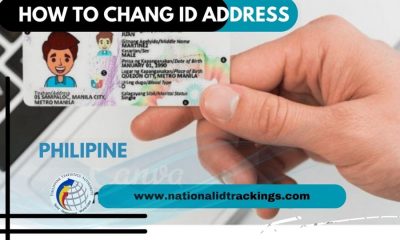
 Uncategorized12 months ago
Uncategorized12 months ago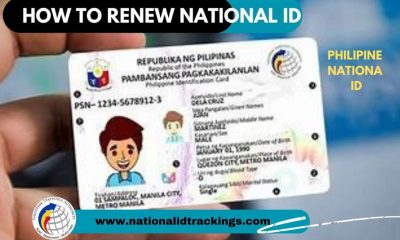
 Uncategorized11 months ago
Uncategorized11 months ago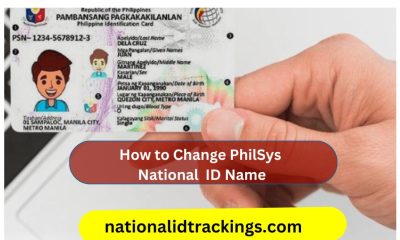
 Uncategorized11 months ago
Uncategorized11 months ago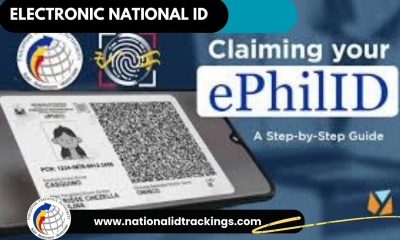
 Uncategorized12 months ago
Uncategorized12 months ago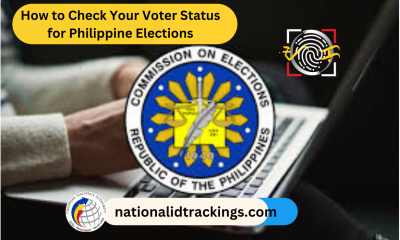
 Uncategorized11 months ago
Uncategorized11 months ago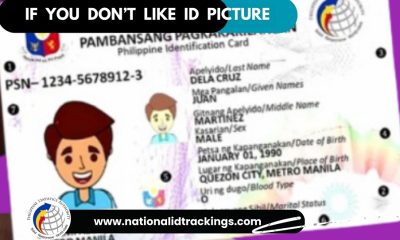
 Uncategorized12 months ago
Uncategorized12 months ago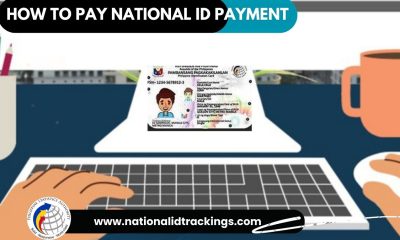
 Uncategorized11 months ago
Uncategorized11 months ago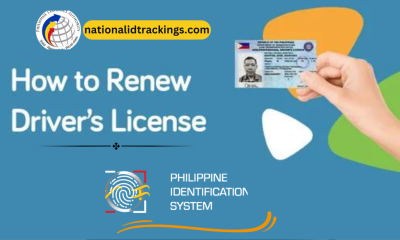
 Uncategorized11 months ago
Uncategorized11 months ago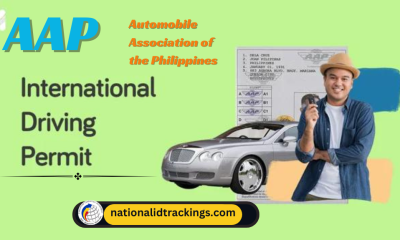
 Uncategorized11 months ago
Uncategorized11 months ago
 Uncategorized9 months ago
Uncategorized9 months ago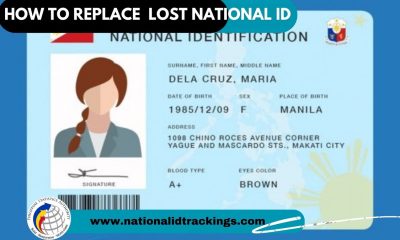
 Uncategorized11 months ago
Uncategorized11 months ago
 Uncategorized9 months ago
Uncategorized9 months ago

-Feb-07-2024-03-07-18-5160-AM.png?width=600&height=400&name=Pics%20for%20blog%20-%20600x400%20(1)-Feb-07-2024-03-07-18-5160-AM.png)